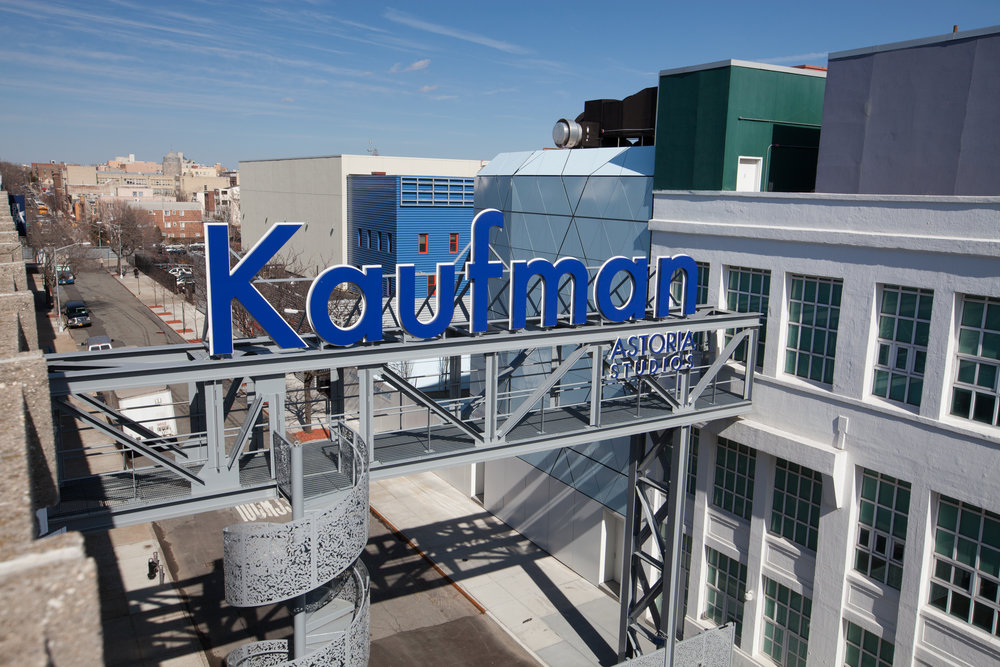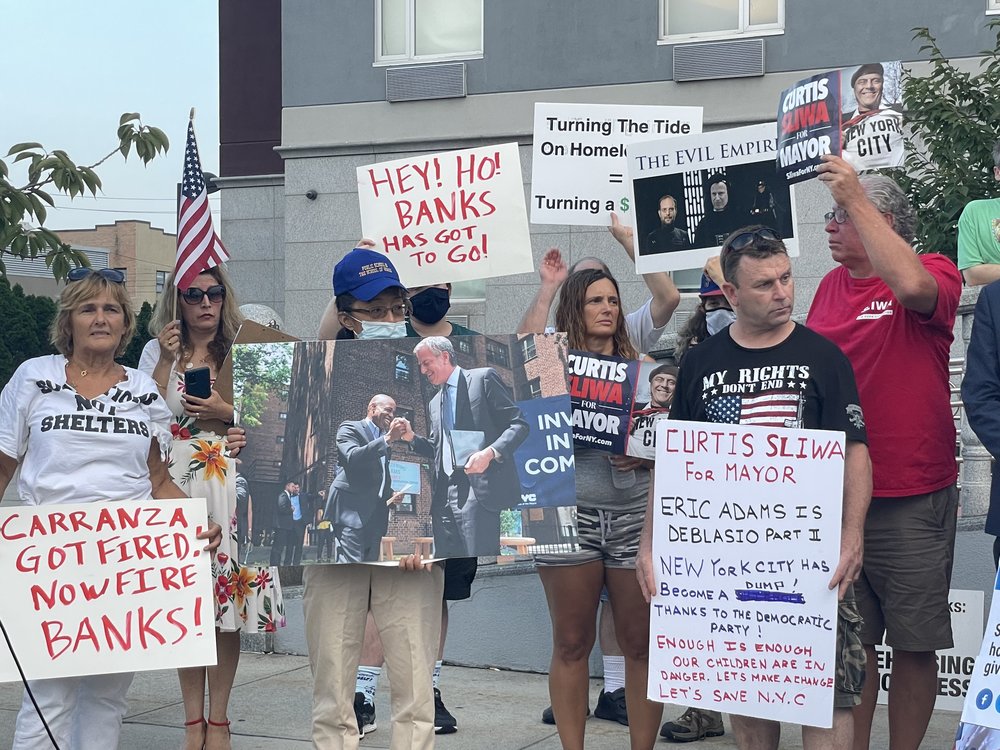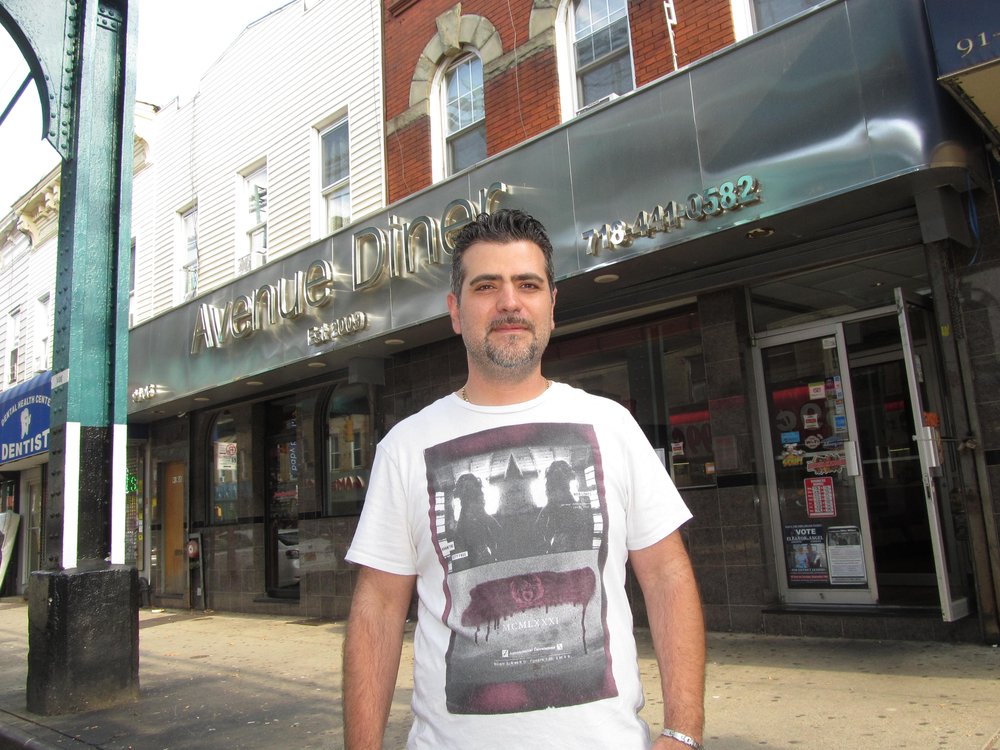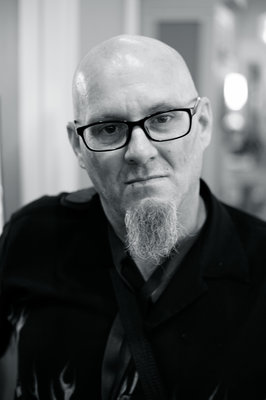Curtis Sliwa is going to have a hard time overcoming the name recognition, momentum and overwhelming voter registration disadvantage in his race against Eric Adams for mayor.
You know what is going to make it even harder? If Republicans in Queens keep holding fundraisers for his opponent.
Councilman Eric Ulrich, the last Republican elected official in Queens, was one of the hosts of a recent fundraiser for Adams at Russo’s on the Bay in Howard Beach that carried a $1,000 donation just to get in the door.
The first host listed for the event, Anthony Como, is a former Republican councilman who once held the seat occupied by Councilman Bob Holden.
The person who sent us the flyer said they were told the event would be “intimate and discrete.” We guess Republicans in Queens don’t want word getting out that they are actively raising money for the Democrat in the race.
We were also told by our source that the event raised well over $100,000 for the Adams campaign.
We guess the jockeying for influence with – and perhaps even a job in – the Adams administration has already begun, party loyalty be damned.
Speaking of Ulrich, a couple of weeks ago we wrote about the race for his seat in south Queens. Ulrich is the last Republican elected official in the borough, and if the seat goes to a Democrat, every elected post in Queens will be held by a Democrat.
While most voters in Queens, like the rest of the city, are registered Democrats, the borough has always had significant Republican strongholds in parts of the borough, such as northeast Queens, south Queens, and the neighborhoods of Maspeth, Middle Village and Glendale.
The prospect of Queens being an all-blue borough would have been unimaginable even ten year ago. We wrote about that a couple of weeks back, and loyal reader Larry Penner shared his thoughts on the demise of the Queens GOP. Here’s what he wrote:
The ongoing fight for control of the Queens County Republican Party is like two hyenas fighting over the carcass of a dead animal, in this case the remnants of the once-relevant Queens Republican Party.
This is the latest chapter of a periodic civil war whose origins can be traced to the 1980s among the remaining handful of GOP party activists. Take a trip down memory lane to understand why today’s descendants of the organization spend more time fighting each other than offering Democrats any serious competition.
Late Richmond Hill Republican Club leader Wilfred Dalton was a major force in politics for several decades up until the 1980’s. Any serious city, state or federal GOP candidate would stop by his clubhouse seeking support.
Former presidents Teddy Roosevelt, Richard Nixon, Gerald Ford and Ronald Reagan all spoke at the clubhouse.
In 1976, former governor Nelson Rockefeller still controlled the New York State GOP. During the Republican Presidential Primary that same year, the GOP establishment rallied around President Ford.
Dalton endorsed former California governor Ronald Reagan, successfully electing pro-Reagan delegates to the national GOP Convention.
In 1980, the GOP establishment was split between George Bush and Bob Dole. Proving the second time is a charm, Dalton teamed up with others and again elected pro-Reagan delegates, pushing him to the nomination.
Until the 1980’s, Queens Republicans routinely qualified candidates for all congressional, State Senate, Assembly and City Council seats. They would offer Democrats serious competition.
After the 1982 reapportionment, Democrats eliminated the districts of Queens GOP Assembly members Rosemary Gunning, John LoPresto, John Flack, Al DelliBovi and John Esposito.
John Gallagher gave up his Assembly seat in 1972 to run unsuccessfully against Democratic congress member Lester Wolff. Doug Prescott briefly recaptured this seat in the 1990s, but eventually lost, leaving Queens with no GOP Assembly members.
GOP state senators Frank Padavan and Martin Knorr voted for this reapportionment plan, since it continued to protect their own gerrymandered districts.
In 1977, Republican Rabbi Sheldon Farber won a special election to fill a vacant seat against Democrat State Assembly member Gerdi E. Lipchutz, despite a 4-to-1 Democrat-versus-Republican voter registration advantage. This temporarily gave the Queens GOP a record three State Senators.
Farber declined to run in 1978, as he knew the odds were against him winning a full term in what traditionally was a safe Democratic State Senate seat.
Despite overwhelming Democratic Party enrollment in Queens County, creative gerrymandering by the GOP-controlled State Senate after the 2000 census continued to preserve the seats of both Republican state senators Serphin Maltese and Frank Padavan.
Eventually Democrats beat Maltese in 2008 and Padavan in 2010.
Before the surprise election of Bob Turner, the last Republican congress member from Queens was Seymour Halperin. After the 1970 reapportionment, he declined to run against Democrat Lester Wolff of Great Neck in 1972 when both were merged into one Queens/Nassau County district.
In 1982, Republican John LeBoutellier briefly recaptured this seat for one term. In 2011, Bob Turner won the 9th Congressional District in a special election defeating David Weprin to replace Democrat Anthony Weiner.
As a result of his district being gerrymandered out of existence, he ran and lost in the 2012 Republican Primary for Senate rather than seek reelection in another district.
James A. Lundy was the last GOP Queens borough president. He served from January 1952 to December 1957. Nat Hentel was the last GOP District Attorney. He was appointed by Governor Rockefeller and served one year in 1966.
During the 1990s under Republican mayor Rudy Guiliani, the GOP elected Tom Olgibene, Mike Abel and Alfonse Stabile from Queens.
In 2009, the GOP elected Dan Halloran, Peter Koo and Eric Ulrich. Koo changed his enrollment to Democrat in 2012. Halloran was sent to prison on political corruption charges.
Today, the last GOP public official from Queens is Ulrich. He may go down in political history as the last registered Republican public official from Queens.
In 2017, Councilman Bob Holden was elected on the Republican and Conservative party lines, but rejoined the Democrats after taking office, although he still routinely runs on the Conservative Party line.
Crossover Democrats who would vote Republican continue to move out of the borough or succumb to old age. There has been no successful GOP outreach to new Caribbean, Hispanic, Asian or other immigrant groups.
Attempts to reach middle-class African-American homeowners in former GOP neighborhoods has also failed. For decades, once the GOP loses any incumbent City Council, Assembly, State Senate or congressional representative, they are seldom ever able to reclaim the district.
Both Queens GOP factions should be thinking about the future instead of their own respective egos. Otherwise, the ever-dwindling number of Queens Republicans will continue down the path to political extinction.
The numbers just don’t afford Republicans the opportunity to elect anyone to public office, thus making them irrelevant in the General Election. Many Assembly districts no longer have active GOP political clubhouses.
Hundreds of Queens Republican county committee positions are vacant. There are few volunteers to circulate nominating petitions which are required to place candidates on the ballot or assist candidates in running campaigns.
In many cases, candidates are just placeholders on the ballot. They have no funding or volunteers and just go through the motions, knowing in advance they will lose by large margins.
As a result, they are unable to mount any serious challenges to incumbent Democratic officials. Democrats have a free pass every November.









